Many events and activities have already replaced or are considering replacing paper tickets with wristbands, specifically admission wristbands, as proof of admission. This is because wristbands are harder to lose than paper stubs, can be easily spotted by security personnel, and double as a souvenir after the event has taken place. Compared to souvenir T-shirts, silicone bracelets are also far more economical to produce and purchase, and they take up less space in one’s closet.
At the same time, there are a few challenges that come with using silicone wristbands as a souvenir item and event ticket. For one, there is less space where you can print the details of your event. Plus, the wristband’s design should be unique enough for it to work as an affective ticket. But don’t worry, you have a lot of opportunities to maximize the design elements of a wristband. In order to come up with a one-of-a-kind wristband design that represents your event, you need to answer these 5 basic questions:
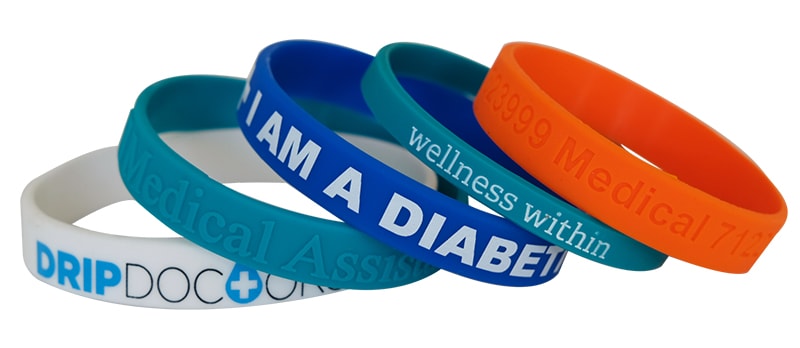
1. What’s the color scheme?
Don’t let the limited space intimidate you into using a plain design for your wristband. It’s possible to use more than 1 color for the base of your design. You can, for example, apply a second color to the outer band or choose contrasting colors for the inner and outer layers. Aside from deciding on the colors of the bracelet, give a good thought to the color of the text and graphics. Make sure that the color combination is unique, the text can be easily seen and read, and that the overall color scheme is still pleasing to the eyes.
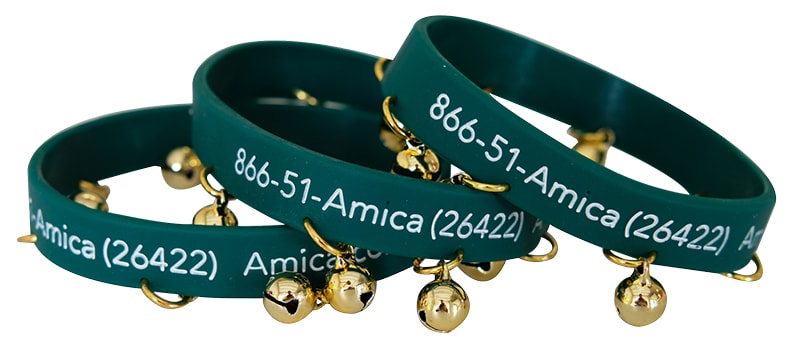
2. How should the text appear on the band?
The easiest way to add text to a wristband is by printing it on the outer layer. However, you can also play with the bracelet’s texture by embossing or debossing the text and then printing the text on the relief to make it stand out more. Keep the harmony of the color scheme in mind when outlining or filling out the letters in the design.
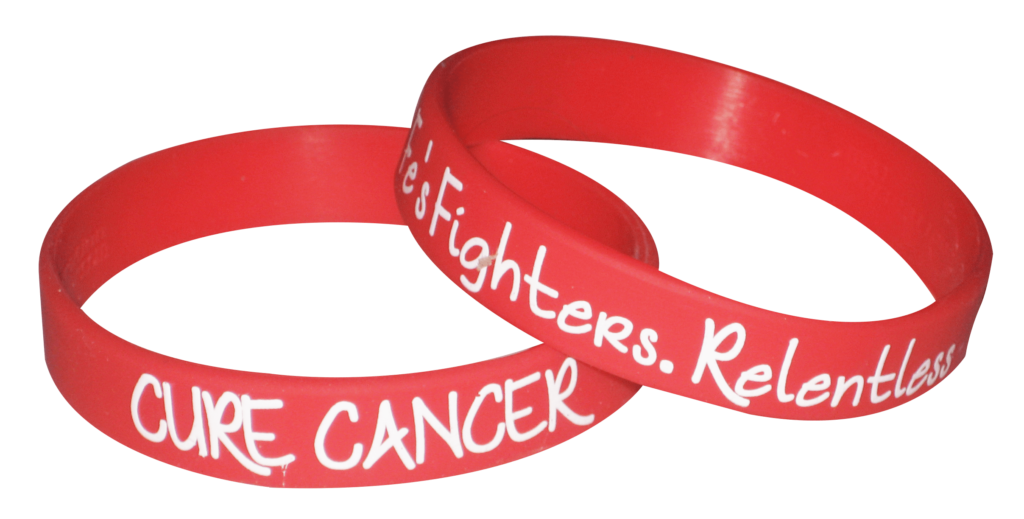
3. How about adding your event’s logo?
Aside from texts, you can also opt to add your event’s logo to the design. A graphic element can be an added security feature, as it will make the wristband harder to copy and help your staff tell your wristband apart from others that simply have the same color scheme.
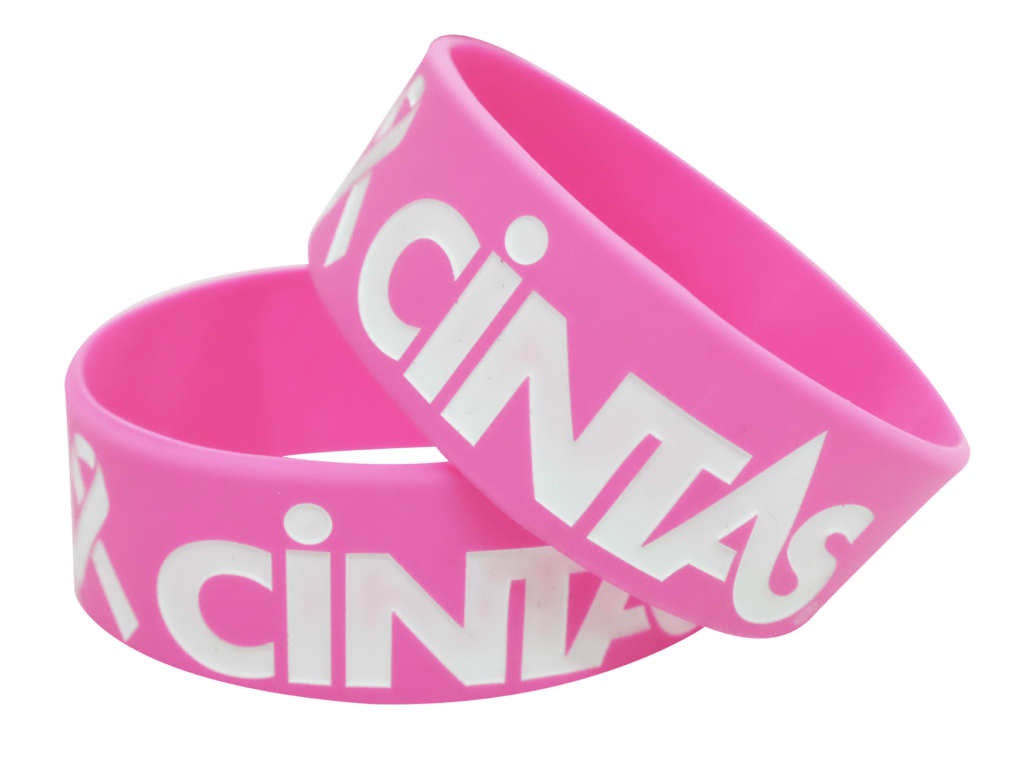
4. Do you want to use non-standard sizes?
Wristbands are commonly half an inch thick and 7 to 8.5 inches in diameter. You can base your bracelet design around these dimensions, but it’s also an option to use a non-standard size. You can adjust the size so that there’s enough space for a central graphic or logo. Don’t let the added real estate get to you, though; try to avoid cramming the space with too many design elements.
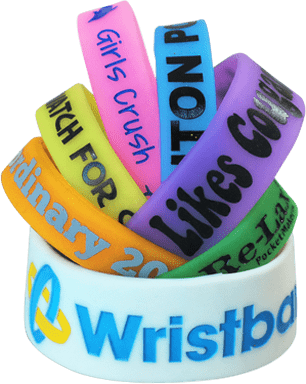
5. What should the bracelet be made of?
Silicone is a durable and economical base material for bracelets, which is why most wristbands are made from it. But there are options other than wristbands made of silicone. Vinyl wristbands, while a bit more rigid, offer the same level of durability. These can be used as souvenirs for events. If the bracelet’s longevity doesn’t matter much to you, then there’s the option of using wristbands made of Tyvek and thermal paper. Both materials are water-resistant and have the consistency of paper, and they are typically discarded after use. Finally, there are also wristbands that are made of fabric. It’s perfect for those with sensitive skin but the material itself won’t last that long unless it has been treated with water-resistant coating.
Discuss these options with your wristband manufacturer and carefully go over the details of the design early on. This way, you can easily catch mistakes and inconsistencies and correct them before the actual production starts.




